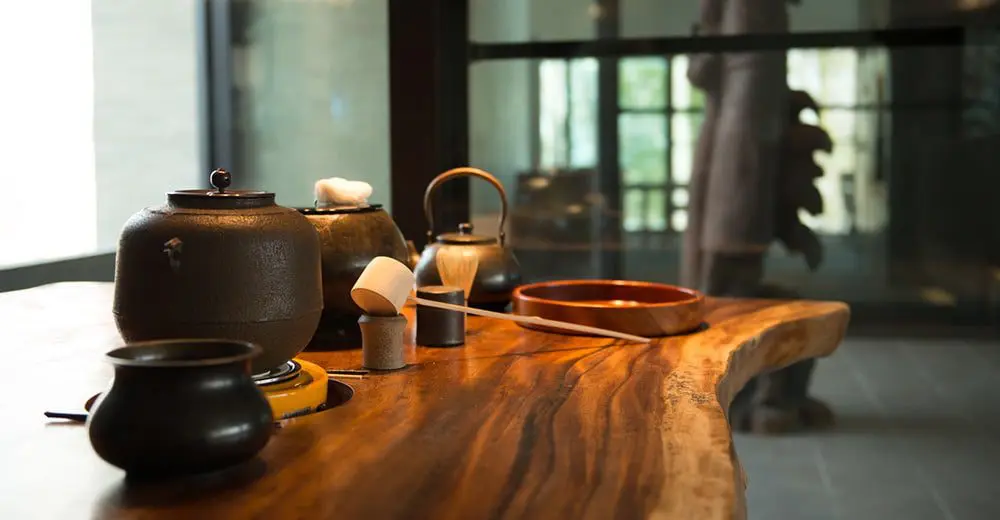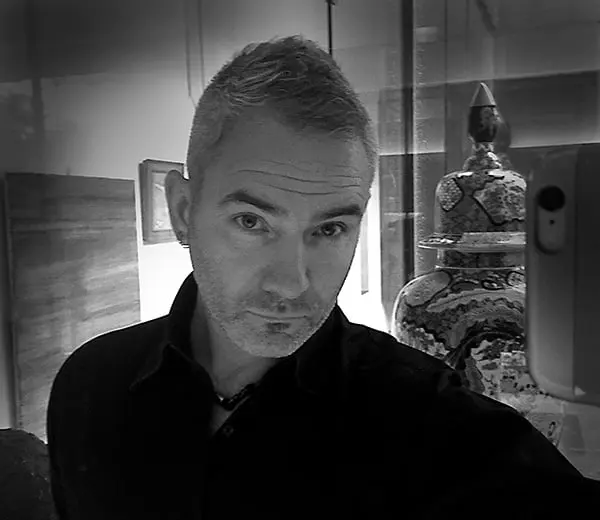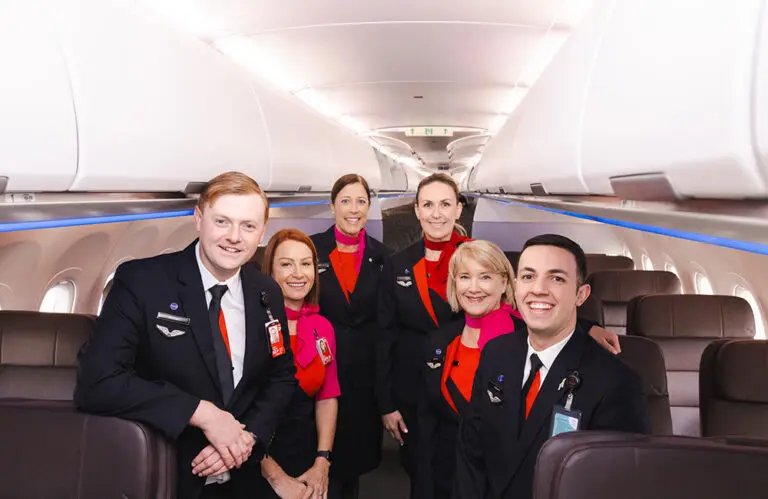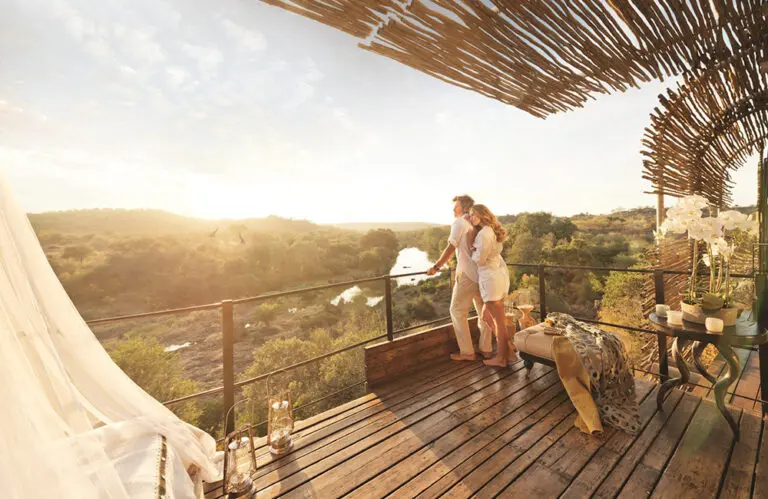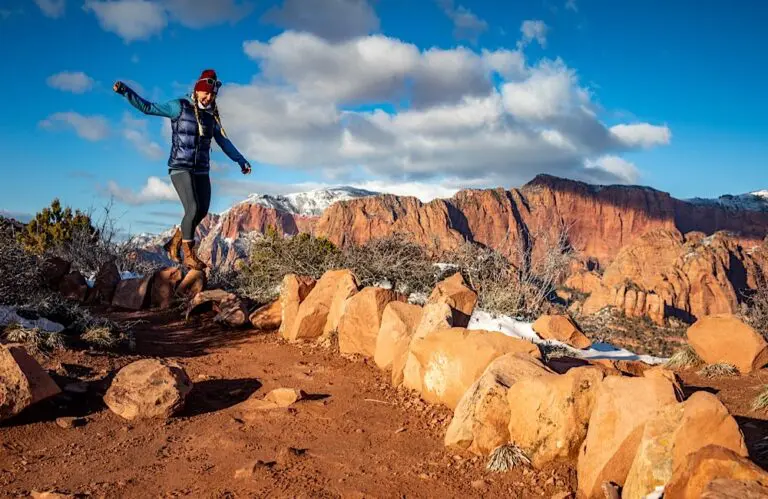Shouya Grigg, raconteur and artist, has traveled far from his birthplace in Leeds and home in Perth, Australia, and for the past twenty-years calls Hokkaido, Japan’s northernmost island, his home.
Born Peter, he is now Shouya (which means “soaring arrow” in Japanese) He speaks fluent Japanese. Former D.J., professional photographer, and now creative director of Zaborin, a unique “modern ryokan” that opened only in mid-June near Kutchan, Grigg has a unique story to tell.
KarryOn caught up with him at Zaborin, in a room overlooking vast pastures where cows were grazing and beside a copse of birch trees. Not the scenery one expects in Japan, nor is Grigg your typical guy in hospitality.
KO: What brought you to Japan initially?
SG: I was studying film and wanted to be a filmmaker and had studied some Japanese cinema. Kurosawa, for example. While studying, I worked freelance as a camera man for T.V. and what-not. This was in the early ’90’s, and at that time a lot of Japanese production companes were coming down to Australia. I worked a bit with them. I had never been to Japan, and my image of the country was that it was a lot of big cities. I had never heard of Hokkaido.
I figured if I could just speak Japanese, it would be fun and it would also be a feather in my cap. I went to a library, and got books on Japan and there was Hokkaido! Snow scenes, snowboarding. So I got a bike and a tent and a working holiday visa and came here. I didn’t speak the language. I acquired Japanese by cycling around for four months and talking to people. Then I got my first job at Shikaribetsu National Park: Kayaks, canoes, mountain bikes. So I went from my initial idea of learning Japanese in order to work in the film industry to living here.
KO: Tell us about the restaurant and property. How did it come about?
SG: I’ve always been interested in small, individual, boutique, tailor-made properties. Not cookie cutter. Not just hotels, but cupcakes, chocolates, restaurants, and so on. Over the years, working in media design as a photographer added to that.
Another part of it was that for me a ryokan or hotel has many elements in it: Food, architecture, community, hospitality, and design. And these relate to film: The property is not quite a stage set, but the lighting and furniture create an atmosphere or mood like being in a movie.
KO: What’s the food scene like in Japan? New trends?
SG: It depends on whether we’re talking about big cities or countryside like this region. Ten years ago, there were a lot of local izakaya. Then places that served Italian opened up. I had a restaurant then, kind of Italian with a little bit of a twist: SEKKA. This was at a time when a lot of investment started coming in, especially from Australia. Nowadays you find French places around here and Michelin stars.
KO: What do you miss from home?
SG: Being footloose and fancy free! It’s easy-going in Australia in the sense that you can banter with people everywhere: In supermarkets, and so on. I also miss the entrepreneurial spirit.
KO: What do you love most about Japan?
SG: The reason for me staying here is that Japan is a very calm society. There’s a certain kind of feeling I get from living in Japan–because I wasn’t planning on staying–it’s kind of therapeutic for me. I can connect more spiritually, mentally, and physically.
KO: What are your travel tips for any Aussies about heading over to Japan for a holiday?
SG: One of the key things is: Be open minded. A lot of Aussies are, as I said, easy going. Stay calm and relax. Japan is very different, right? But that’s the beauty. You will experience many things here that you have not experienced before.



